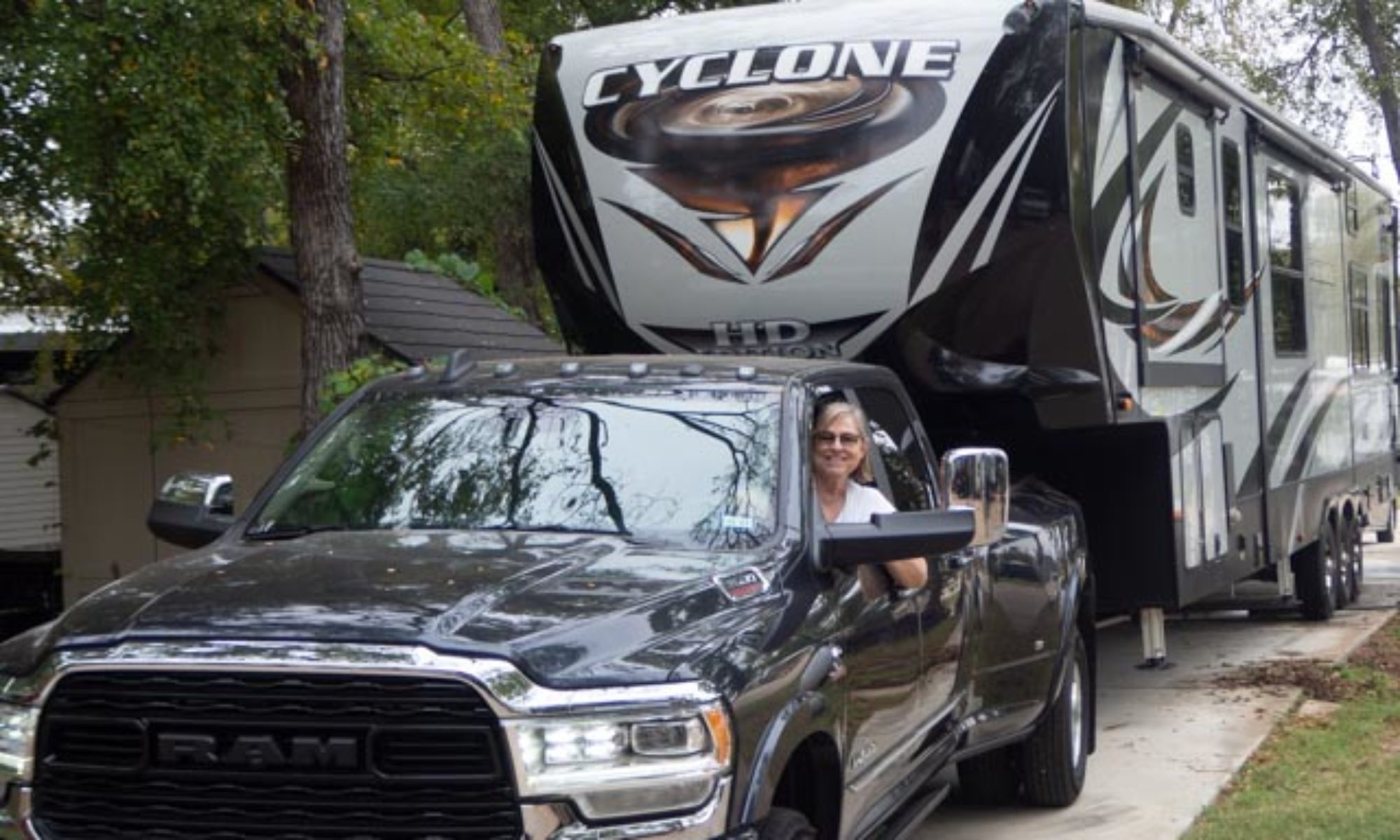It never ceases to amaze me how much of a nerd I am. I absolutely love computerized, electronic technology. I don’t mean playing with things like Xbox or owning the lastest stereo equipment. I mean playing with the stuff that is used to create today’s leading edge products.
As mentioned previously, I’ve been playing with Arduinos, and recently teaching others about them. But now I’m ready to really expand their use in my RV.
I currently have 5 Arduinos installed in my RV, all communicating using inexpensive RF24 radios (nRF24L01). I’m still shocked at how low cost these things are. Total cost for each is about $7. At that price, I want to put one on just about every light and switch in my RV.
The ones I’ve built so far were put together using small breadboards. This works ok for fast prototyping, and is fun and easy, but they probably won’t hold up very well as we’re bouncing down the road (I mentioned that this is an RV, right?)
So I’ve started looking at more robust solutions. This typically means using printed circuit boards. Many years ago I made my own PCBs, either by dry transfer decals or etch resistant pen. But it’s really hard work, yielded only fair results, and isn’t easy to duplicate. Photo-resist techniques were available, but expensive and fairly touch also.
But today things are different. After doing some research this weekend, I’ve discovered that really great results can be achieved very inexpensively. Software is available free for designing circuit boards, and mail-order PCB manufacturing has become ridiculously cheap. The down side is that there is a pretty steep learning curve to doing this.
So that’s what I’ve been doing this weekend; installing and learning to use the free version of Eagle software. This software is used by the professionals, for example those great folks at SparkFun and Adafruit. And that’s where I found some great tutorials on how to use it. And the kind folks at Eagle support student and hobbyist activities by providing a free version for them. They only ask that we purchase a license if/when we start doing professional work with it. How cool is that?
The Eagle software is then used to create what is called “gerber” files. Gerber files can then be sent to a PCB shop for production.
The cost to do this? It depends on the size of the board made. But so far, my circuits ideas have been fairly small because I intend to use lots of small, simple units instead of fewer more complicated circuits. So I expect that any of my designs will fit onto a 5cm x 5cm board. These will cost me about $10 for 10 at iTead Studios. Yes, that’s about $1 each.
I can’t wait to get my designs onto PCBs!

Living a blessed life!